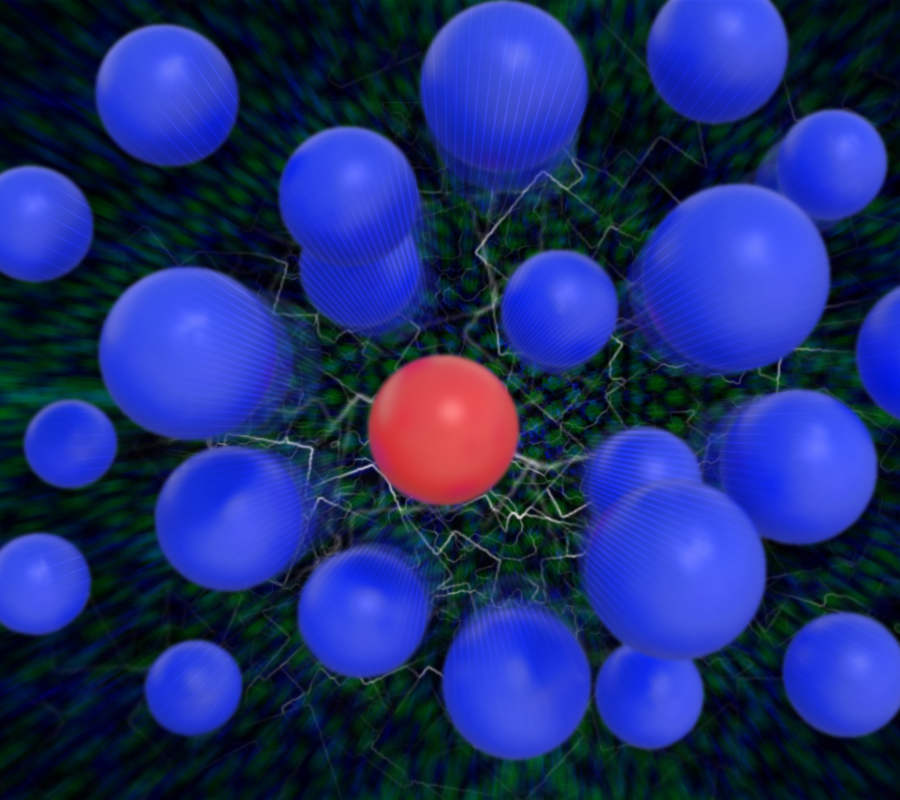
Strongly interacting quantum impurities
We study individual impurities embedded in a fermionic bath, one by one, combining microscopy with precise spectroscopy and interferometry.

We study individual impurities embedded in a fermionic bath, one by one, combining microscopy with precise spectroscopy and interferometry.

We investigate the correlated behaviour of many interacting fermions using highly controllable quantum matter at ultracold temperatures from a bottom-up perspective.

We explore light-atom interactions in ordered arrays of fermionic alkaline-earth-like isotopes, such as 171Yb, exploiting their rich level structure.